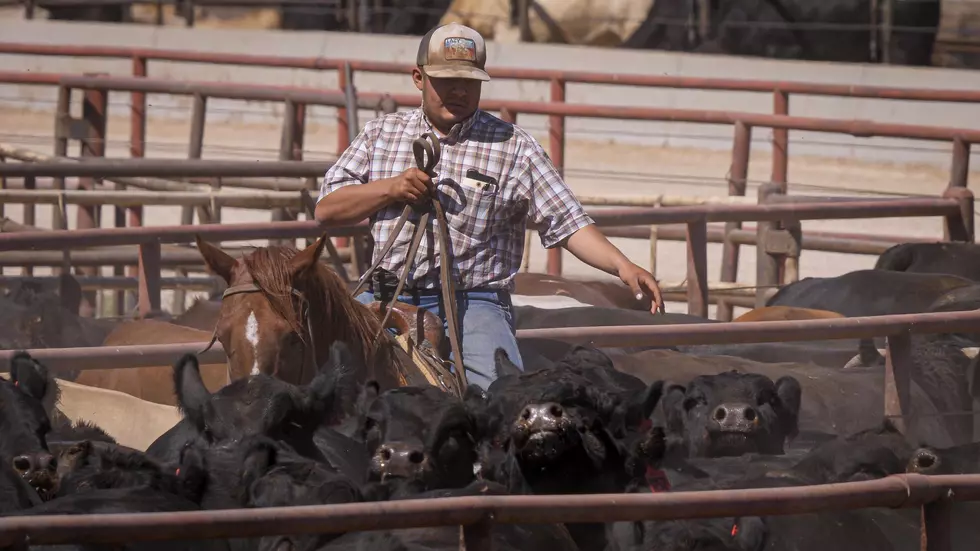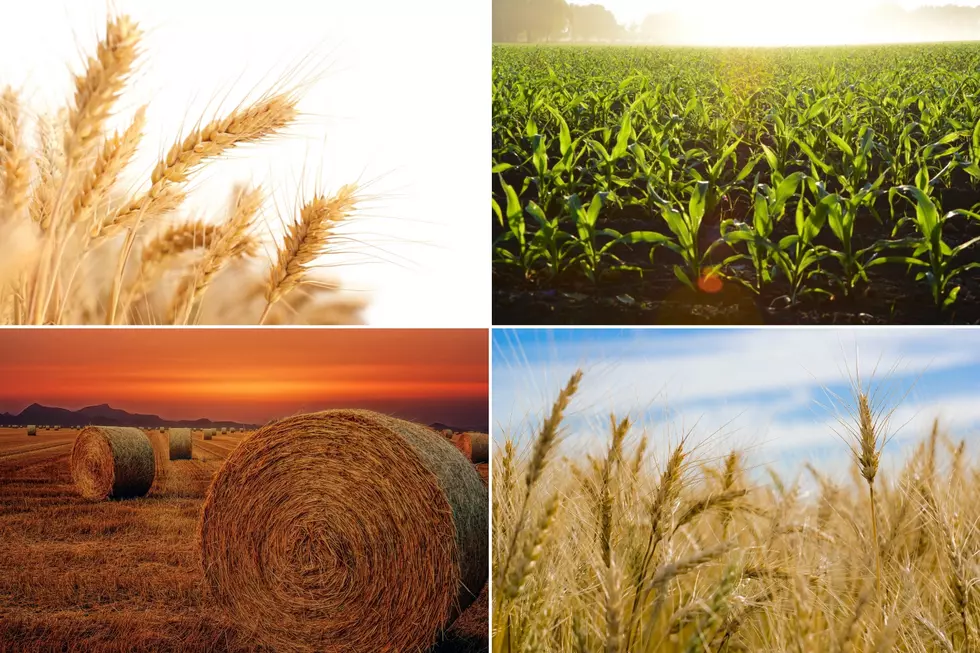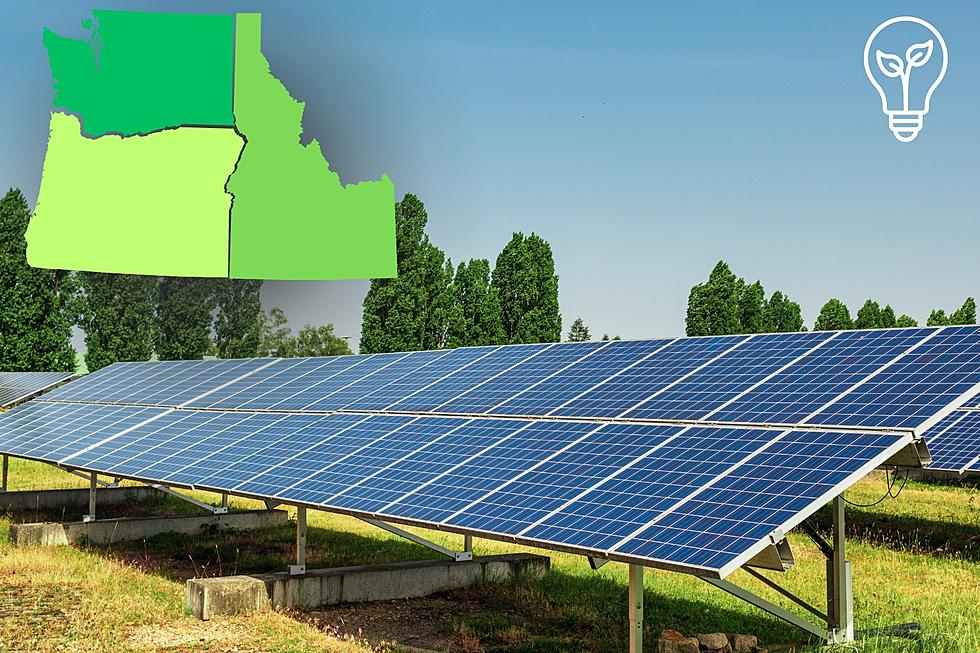
Farm Bill Simplified: New Farmers and Ranchers
The Senate Ag Committee released the final piece to their Farm Bill information called "Farm Bill 101: New Farmers and Ranchers."
“New and beginning farmers and ranchers are the future of American agriculture. The Farm Bill provides resources to access credit, loans, and training to get started in agriculture," said Chairwoman Debbie Stabenow of Michigan.
New Farmers and Ranchers:
- The Farm Bill invests in the future of agriculture by cultivating and supporting the next generation of farmers, ranchers, and agriculture professionals.
- According to the most recent Census of Agriculture, there are more than 516,000 farms run by new and beginning farmers and ranchers in our country, which is about one-fourth of all U.S. farm operations. These farms generate about $60.4 billion in annual economic activity.
- These farmers and ranchers boost our rural economies, build capacity into an aging farm population, and support small and middle-sized farms, which have been on the decline.
A History of Support:
- Farm Bill programs have always been open to new and beginning farmers and ranchers. However, in the 2018 Farm Bill, under the leadership of Senator Stabenow, support was expanded, including the new Farming Opportunities Training and Outreach (FOTO) program.
Farmer Fact:
- The average American farmer is 57.5 years old. As these farmers begin to reach retirement age, it is even more important to invest in and support the next generation of agriculture professionals.
Supporting the Next Generation:
- The Farm Bill provides new farmers and ranchers with access to crop insurance, disaster assistance, loans and grants, training and education, and conservation initiatives. These programs include:
- Farming Opportunities Training and Outreach, which provides $435 million in mandatory funding to support training, education, outreach, and technical assistance.
- Local Agriculture Market Program, which sets aside 10% of funding for this popular program for new and beginning farmers and other historically underserved producers.
- Conservation Programs, which include preferences for new and beginning farmers and other historically underserved producers.
- Beginning Farmer and Rancher Coordinators, which provide outreach and technical assistance to help new and beginning farmers and ranchers access federal programs.
- 1890 Scholarships and New Beginning for Tribal Students, which support educational opportunities for students who wish to pursue a career in agriculture or related fields.
- Support for Urban Agriculture, which provides new access and opportunities for beginning, young, and underserved farmers.
- And much more!
Find Out More:
- You can learn more about how the Farm Bill supports new and beginning farmers here.
- The Farm Bill also addresses Global Food Aid in the text.
- The agriculture legislation covers forestry as well as conservation issues.
- Research and innovation make up a big part of the bill helping fund things like extension programs and college.
- Farmers rely on the Farm Bill to help open markets for their products to be sold in.
- Agriculture is not just for rural America, urban communities also us part of the Farm Bill.
- One of the big parts of the Farm Bill is nutrition, such as SNAP and food distribution.
Source: U.S. Senate Committee on Agriculture, Nutrition, & Forestry, PNW Ag Network
It's Illegal to Give Your Baby Any of These 11 Names in Arizona
If you're naming a baby in Arizona, make sure you don't use any of these 11 names!
More From PNW Ag Network









